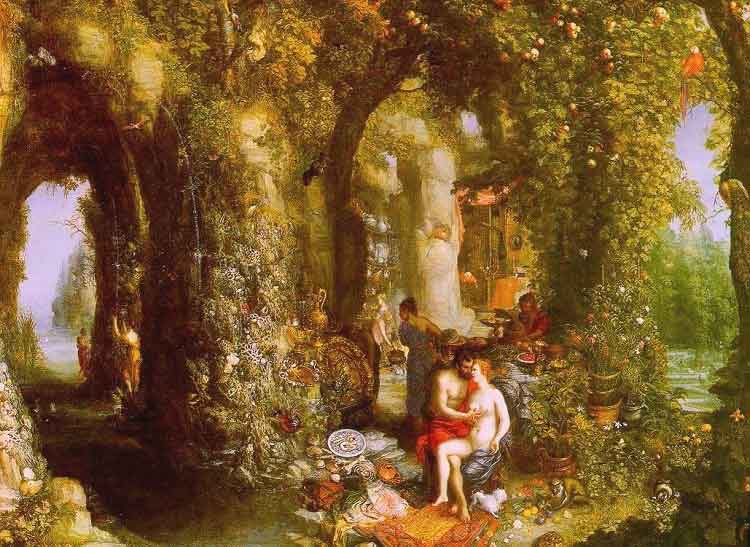 |
| Something lots of gardeners wonder about their cuke tendrils: why are there two coils, one going one way and the other, the other way? |
Did Walafred Strabo notice the coils? He continues."Gourds also grow up high from modest seeds. Their leaves look like shields and cast huge shadows, and they send out their tendrils from several different branches.You know how ivy encircles tall elms, how it wraps its arms around the tree trunk on the ground and then hides the rough bark all the way to the top in a covering mantel of green leaves.
And you know how the grapevines growing in an orchard will climb up a tree and hang grapes on the top branches, pulling themselves upwards by their own strength-- how reddish grapes hand from alien branches, and Bacchus sags down through a carpet of green, while vines poiferate and penetrate the canpoy of foliage.
The gourd plant rises up from weak seedlings and, in a similar fashion, clambers up a supporting trellis, and grasps the alder branches with its coiling shoots.
So that no raging storm can tear it loose, it sends out just as many shoots as there are knots which need to be tied, and since each tendril then bifurcates, each joint on the trellis is doubly tied left and right.








